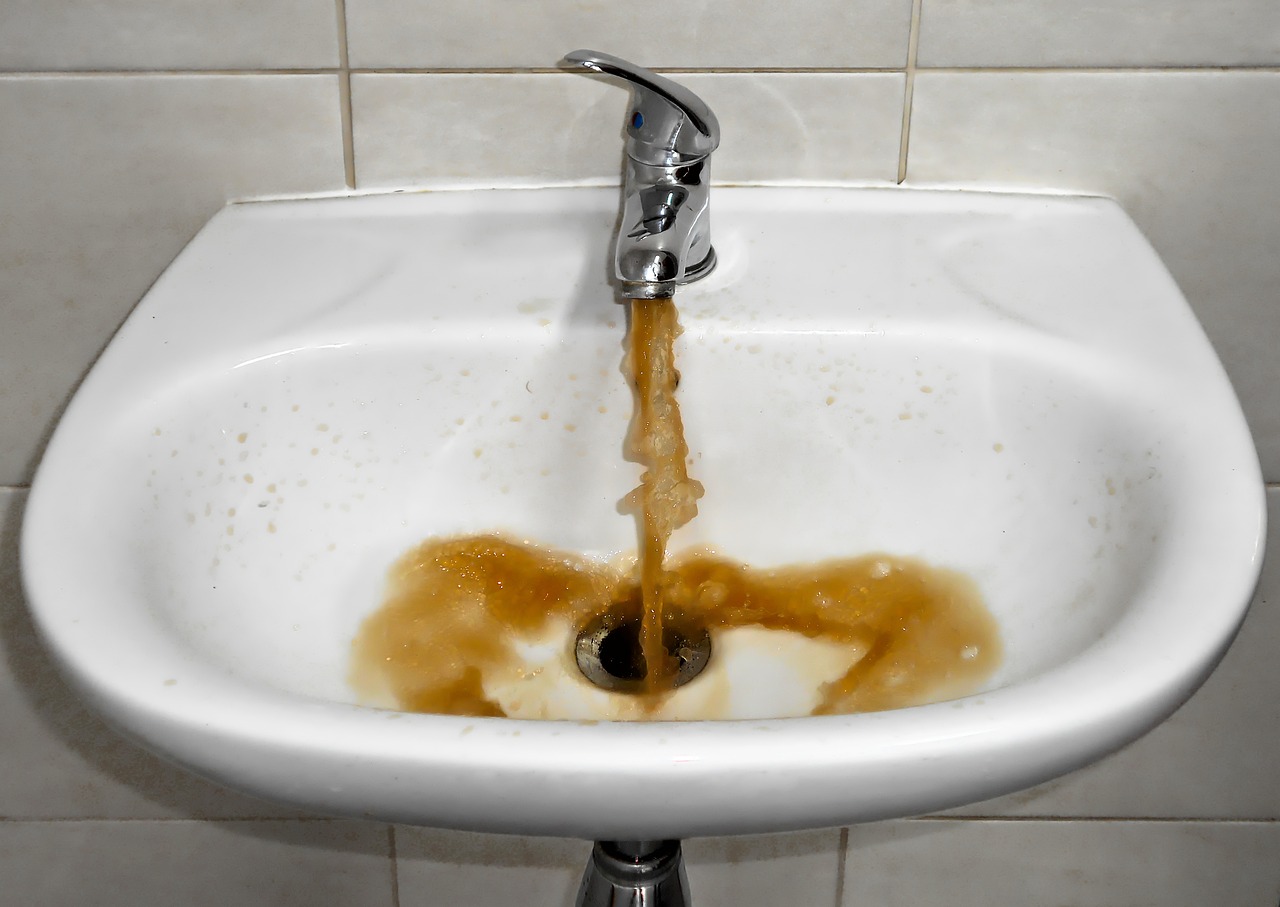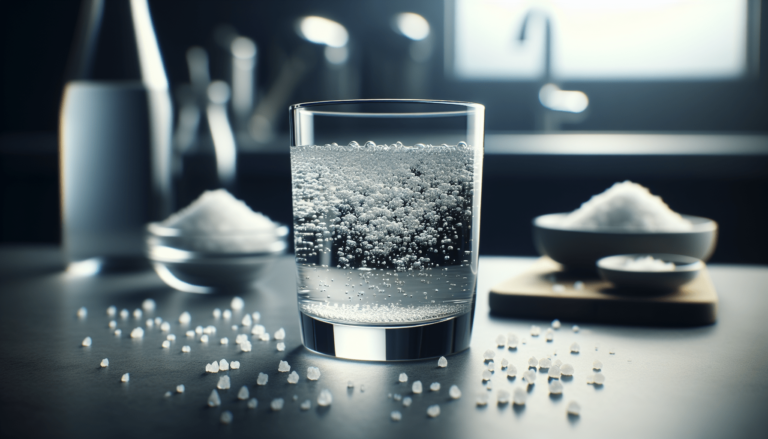What Are the Total Dissolved Solids in Drinking Water?
Total dissolved solids in drinking water are an indicator of the amount of inorganic and organic compounds in the water.It is used to assess the quality of water. These inorganic substances can be naturally occurring or intentionally added to water.
Some of the most common sources of dissolved solids include natural springs, lakes, rivers, and home plumbing systems. Other sources include chemicals that are used to treat municipal water.
Total dissolved solids are measured as parts per million. A reading of less than 100 ppm is considered low and is generally safe for consumption. If the reading is greater than 500 ppm, further investigation should be undertaken.
Total dissolved solids can affect the taste and appearance of your drinking water. Water with high TDS often has a bitter taste. In addition, it can discolor or eat away at your pipes and other technical components. This type of water is also corrosive and can contain high amounts of iron, copper, and manganese.
Although these compounds are often harmless to humans, they can cause serious health problems if they are consumed for extended periods of time. Mercury, for example, can affect the brain and cause neurological disorders.
Exposure to lead can damage the brain and lead to permanent liver and kidney damage. High levels of fluoride can also have negative effects on the human body.
Organic compounds in water can come from man-made sources such as pesticides, runoff, or urban sewers. They can be found in agricultural and industrial waste as well as landfills.
Dissolved solids can have a significant impact on the water’s color and odor. A high TDS reading can indicate a corrosive or toxic substance. A filtration system can help reduce the TDS. However, it is important to remember that a filtration system is not a substitute for routine TDS testing.
While there are several methods of measuring the TDS content of water, the most accurate way is through gravimetric analysis. Gravimetric test dishes are typically made of platinum, high-silica glass, or porcelain.
Gravimetric testing involves boiling and evaporating a sample, drying the residue, and weighing it.
Some of the most common contaminants in water are heavy metals such as mercury, copper, and lead. Using a reverse osmosis system can remove heavy metals, but a home water test kit can help identify the types of substances that are present.
Some other substances that can be present at high levels of total dissolved solids are chlorine and other organic chemicals. These compounds are formed in treated drinking water when a chemical such as chlorine interacts with organic matter.
Depending on where the contaminant originates, it can have different effects on your health.
For instance, the presence of asbestos fibers can increase your risk of certain cancers. Similarly, trihalomethanes are suspected carcinogens. When a chemical such as chlorine interacts with an organic substance, it produces a compound that is then released into the environment.







